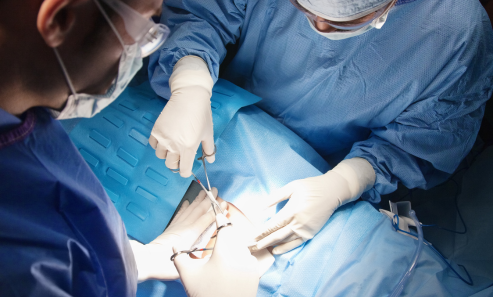



Here's a clear and comprehensive breakdown of LSCS (Lower Segment Cesarean Section) for use in patient education, hospital websites, brochures, or wall posters:

LSCS stands for Lower Segment Cesarean Section, a surgical procedure to deliver a baby through an incision in the lower part of the uterus. It is the most common type of cesarean delivery performed today due to its safety and quicker healing.

Planned in advance due to medical reasons or patient preference.

Performed due to unforeseen complications during labor or delivery (e.g., fetal distress, stalled labor).

Failure to progress in labor
Fetal malpresentation (e.g., breech)
Abnormal fetal heart rate
Umbilical cord complications
Uterine abnormalities
Infections (e.g., active herpes)
Cephalopelvic disproportion (baby’s head too large)
LSCS is itself a treatment for complicated or high-risk vaginal deliveries. It ensures the safety of the baby and mother when natural birth isn’t advisable.
LSCS is itself a treatment for complicated or high-risk vaginal deliveries. It ensures the safety of the baby and mother when natural birth isn’t advisable.


Anesthesia (usually spinal or epidural)
IV line, catheter placement
Antiseptic cleaning of abdominal area

Horizontal cut on the lower abdomen (bikini line)
A second incision in the lower uterus

Baby is gently pulled out
Umbilical cord clamped and cut

Uterus and abdominal layers are stitched
Monitoring in recovery room

Pain management
Monitoring for infection/bleeding
Gradual return to movement
Breastfeeding support
Discharge in 3–5 days, full recovery in 6–8 weeks